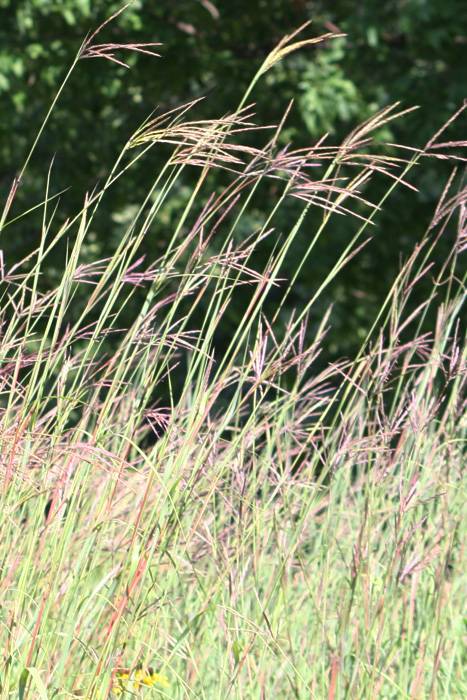Andropogon, commonly known as bluestem grass or beardgrass, is a diverse genus of plants that belongs to the Poaceae family. These grasses are found in various habitats around the world and hold ecological, economic, and cultural significance. Here are five intriguing facts about Andropogon:
1. Ecological Keystone: Andropogon grasses play a crucial role in many ecosystems as ecological keystone species. Their extensive root systems help prevent soil erosion, stabilize landscapes, and improve water infiltration. In grasslands and prairies, species like Andropogon gerardii (big bluestem) act as primary producers, providing food and habitat for a range of animals, from insects to large herbivores.
2. Fire-Adapted Traits: Several Andropogon species have evolved fire-adapted traits. For instance, Andropogon scoparius (little bluestem) has a basal bud that remains insulated underground, allowing the plant to regenerate after wildfires. These adaptations ensure the survival of these grasses in fire-prone environments, where they may even rely on occasional fires to maintain their dominance over other plants.
3. Cultural Significance: Andropogon grasses hold cultural significance for many indigenous communities. In North America, various tribes have used these grasses for traditional practices, including crafting baskets, mats, and other woven goods. Additionally, some species have been used in herbal medicine for their potential therapeutic properties.
4. Ornamental and Landscaping Use: Beyond their ecological and cultural value, certain Andropogon species are popular choices for landscaping and ornamental purposes. Their striking appearance, with tall stems and feathery seed heads, adds aesthetic value to gardens and public spaces. Varieties like Andropogon gerardii 'Red October' are sought after for their vibrant red foliage in the fall.
5. Economic Importance: Andropogon grasses have economic significance in various industries. One notable example is Vetiver grass (Andropogon zizanioides), which is used for erosion control, soil stabilization, and as a bioengineering tool in construction projects. Vetiver roots also have a distinct and pleasant fragrance, making them a valuable source for essential oils used in perfumery and aromatherapy.
In conclusion, Andropogon grasses are not only aesthetically pleasing and culturally relevant but also play crucial roles in ecosystems, soil preservation, and even economic sectors. Their adaptations to fire-prone environments and their ability to thrive in various conditions make them fascinating subjects of study for botanists, ecologists, and researchers interested in plant adaptations and ecosystem dynamics. Whether for their ecological importance, cultural connections, or economic applications, Andropogon continues to capture the attention and admiration of people worldwide.


